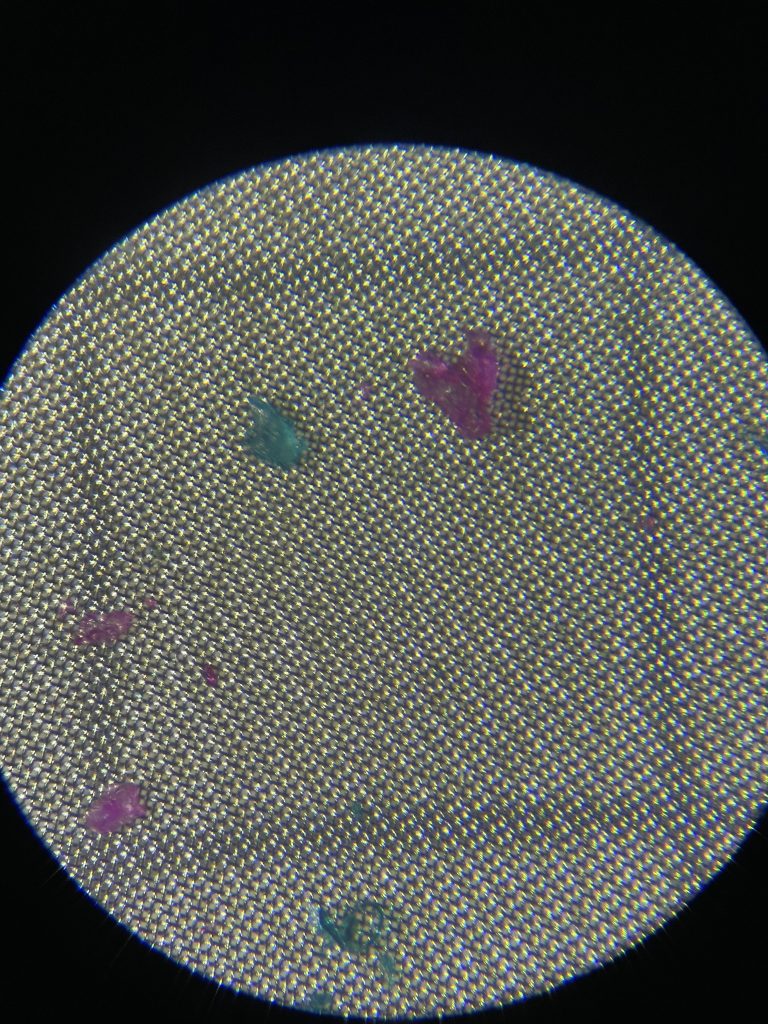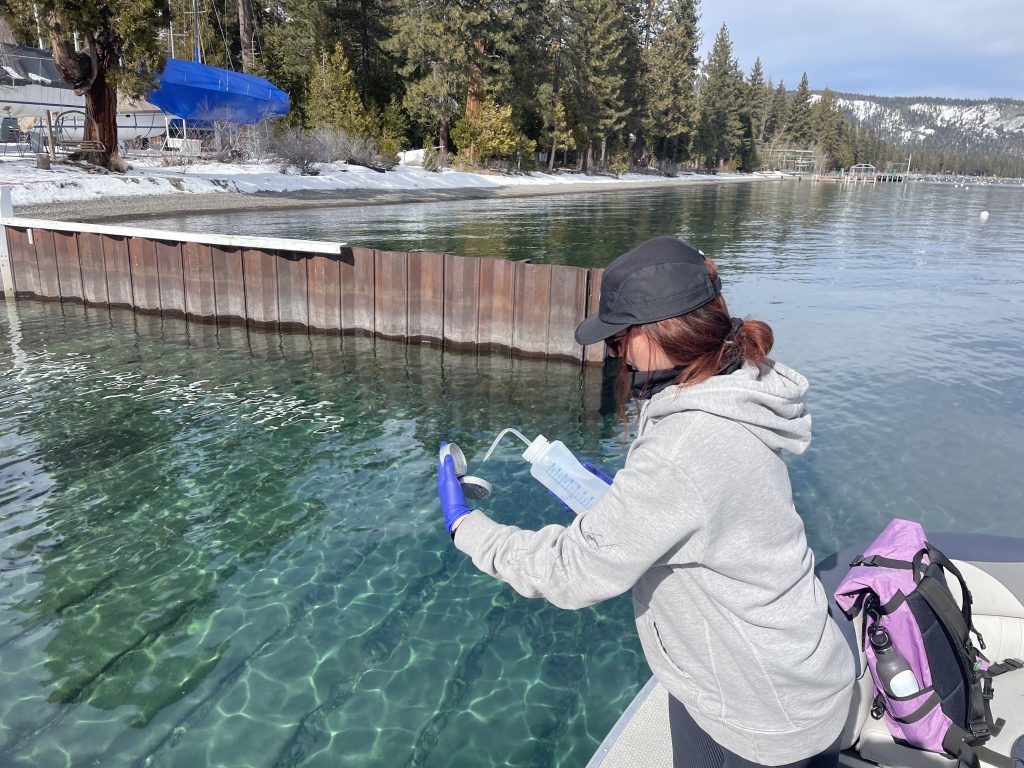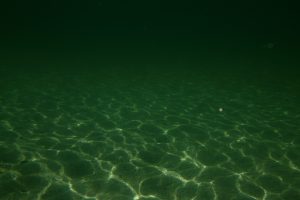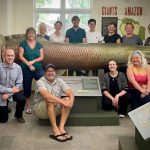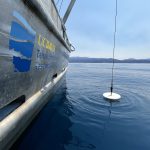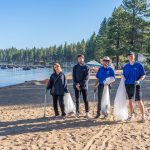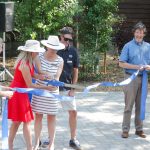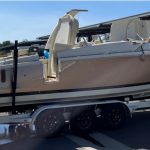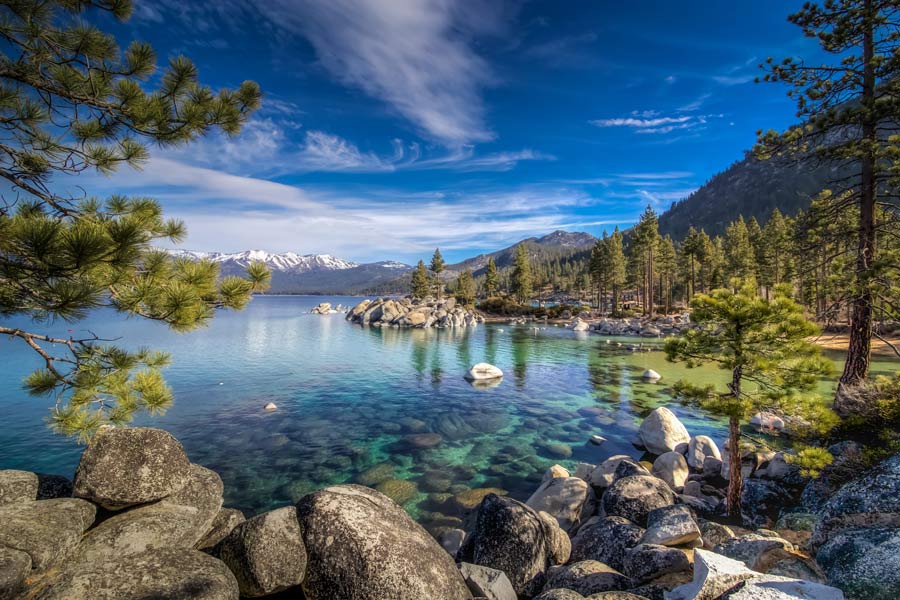Tahoe native’s pioneering study investigates pollutants in the Tahoe Basin’s ultimate sink
LAKE TAHOE, Calif./ Nev. – North shore-grown Madio Wallner doesn’t own a car and she doesn’t drive. When it comes to her lifestyle and research, it’s about walking the walk—well in her case, biking. That includes through an entire Tahoe winter. She relies on her bicycle, public transit and buses to get where she needs to go.
“I want to be that living proof to show people that even living in someplace like Lake Tahoe, where you get serious winters, does not necessitate having a car,” Wallner says.
It’s an important principle to her, emphasized by her environmentally focused graduate project under Adina Paytan at the University of California, Santa Cruz, investigating tire wear particles and microplastics in Lake Tahoe’s sediment.

Her research follows a rich history of microplastic studies in the Lake Tahoe region.
“So many people have come before and done really important things,” Wallner says, who has both gleaned insight and inspiration from work that includes Veronica Nava and team’s study on microplastics in Tahoe’s surface waters as well as studies from the Tahoe Environmental Research Center (TERC).
It underscores her collaborative approach to research. “I want to learn from other people,” she expressed. “I want to invite and open the door for conversation so that we can all become experts together.”
In reviewing research, Wallner found an opportunity to expand knowledge on Lake Tahoe’s microplastic problem by uncovering data on pollutants in the lake’s sediment.
Similar to how the ocean is often referred to as the ultimate sink for microplastics, Wallner explains, Tahoe’s sediment can be thought of as this region’s ultimate sink.
Her current project will specifically quantify common microplastics in Tahoe sediment, but she has plans to study tire particles in the future as well.
While tire particles are included within the broad umbrella of microplastics, they are often studied separately due to requiring a completely different quantification, analysis methods and equipment compared to common microplastics.
That doesn’t mean Wallner won’t be taking notes on tire particle evidence she runs across within this study.
Those notes can potentially shape those future studies, which she says, “I’m really interested in, again, for all the personal reasons of not having a car, trying to show people that you can do whatever you want to do without having a car, and tying that back to limiting this pollution source that is often not thought about.”
From taking alternative modes of transportation to investigating pollution below Tahoe’s surface, Wallner’s dedication isn’t new. Growing up on the north shore of Lake Tahoe has left a mark on her, cultivating a passion for the lake, sustainability and the environment at a young age.
In high school, Wallner started an environmental club to reduce lunchtime waste, providing free lunch to any student that brought their own reusable bowl.
“I’ve constantly been clawing at these ideas of sustainability and how to reduce plastic waste, specifically,” she says. “It’s taken up a big space in my heart.”
Her undergrad senior thesis involved mapping the distribution of litter in the Tahoe Basin using the League to Save Lake Tahoe’s data. She went on to work for Clean Up the Lake as the data management coordinator.
Wallner has recently wrapped up part one of her graduate project’s sampling campaign, which involved collecting sediment from the west shore. She is currently honing analysis methods in the lab before processing these samples.
Known as recovery tests, the process involves creating and dying plastics of a known material type and amount, then spiking clean sediment with it and conducting analysis procedures. It then involves counting the number of particles at the end to see if the number lines up with the amount at the start.
Although in the early stages, Wallner has her sights on expanding the study to the entire lake. This will offer a lens into different trends between states, population centers, land and recreation uses.
It’s not only high quality science that Wallner seeks to offer, but also data that can inform policy action.
“I hope that whatever comes out of this,” she says, “it will add to the body of knowledge, and it will potentially inform the way people go about doing business in Tahoe and more broadly around the world.”

Support Local Journalism

Support Local Journalism
Readers around the Lake Tahoe Basin and beyond make the Tahoe Tribune's work possible. Your financial contribution supports our efforts to deliver quality, locally relevant journalism.
Now more than ever, your support is critical to help us keep our community informed about the evolving coronavirus pandemic and the impact it is having locally. Every contribution, however large or small, will make a difference.
Your donation will help us continue to cover COVID-19 and our other vital local news.

